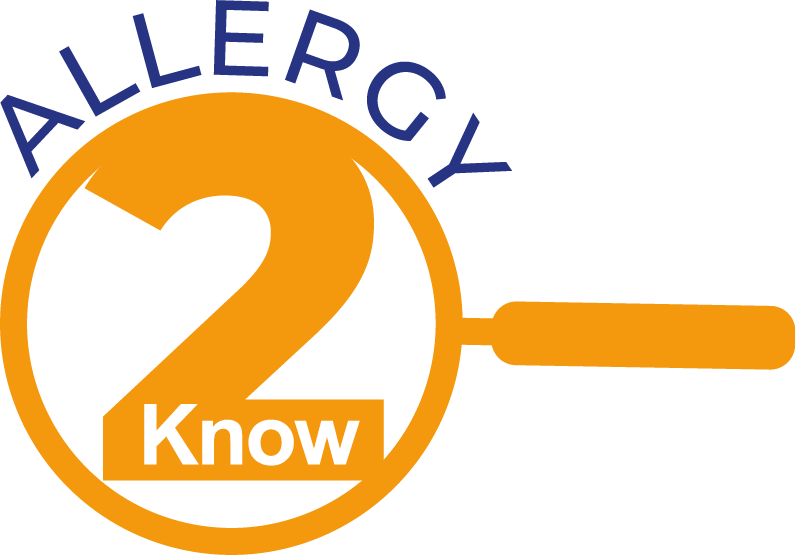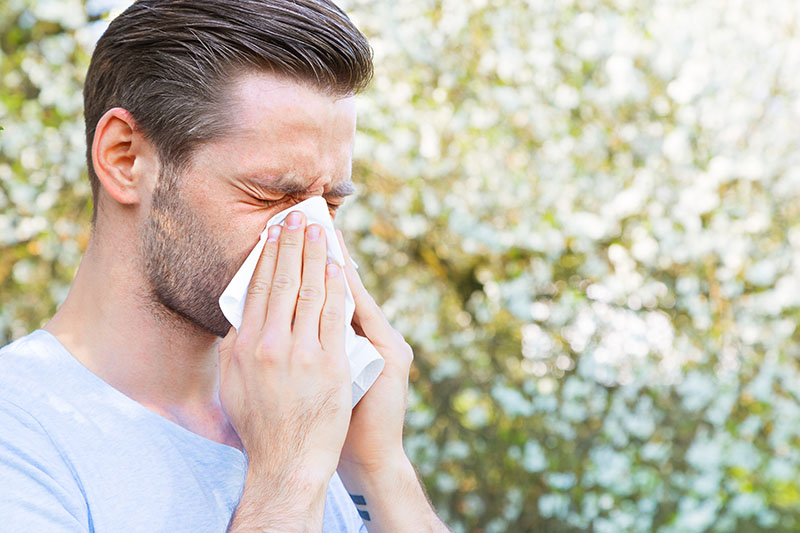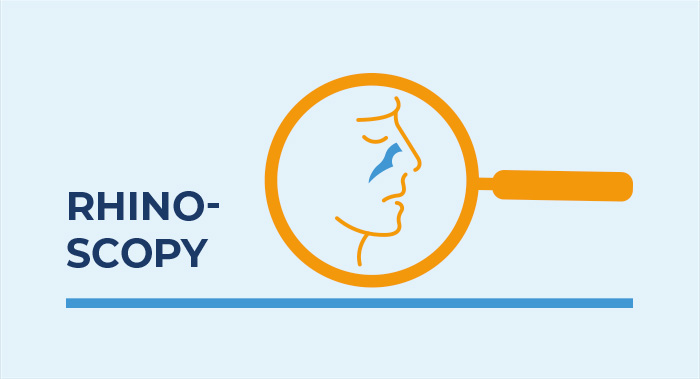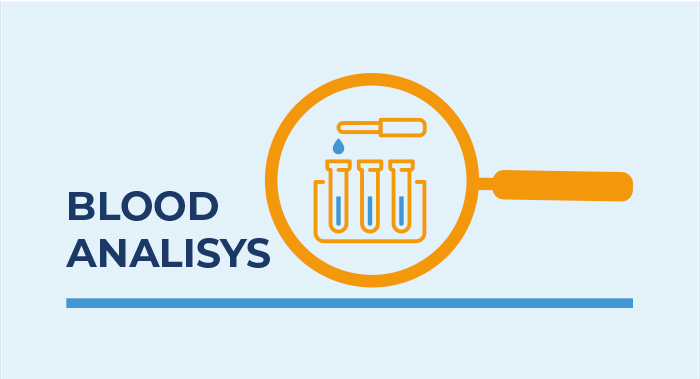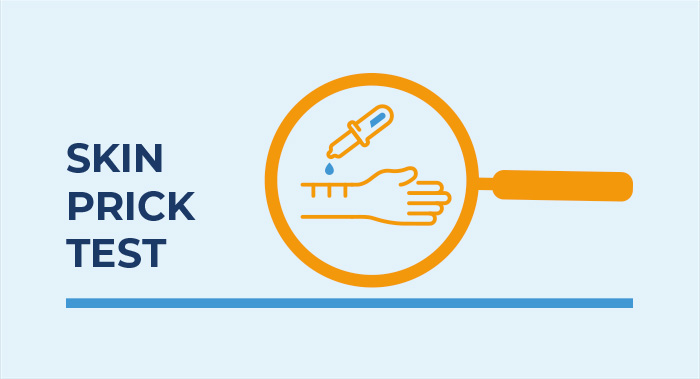Allergic rhinitis, a very common disease in children and adults.


Allergic rhinitis is among the most common diseases globally and usually persists throughout life.
The prevalence of self-reported allergic rhinitis has been estimated to be approximately 2% to 25% in children and 1% to greater than 40% in adults
The prevalence of confirmed allergic rhinitis in adults in Europe ranged from 17% to 28.5%


Classical symptoms of allergic rhinitis are nasal itching, sneezing, rhinorrhea, and nasal congestion.
Ocular symptoms are also frequent; allergic rhino-conjunctivitis is associated with itching and redness of the eyes and tearing.


Allergic rhinitis is a risk factor for asthma, and uncontrolled moderate-to-severe AR affects asthma control.


Allergic rhinitis reduces the quality of life of many patients, impairing sleep quality and cognitive function and causing irritability and fatigue.
Allergic rhinitis is associated with decreased school and work performance, especially during the peak pollen season.


Allergic rhinitis is a frequent reason for general practice office visits. Annual direct medical costs of allergic rhinitis are substantial, but indirect costs associated with lost work productivity are greater than those incurred by asthma.
Appropriate treatment of allergic rhinitis improves symptoms, quality of life, and work and school performance.
Classification
Allergic rhinitis previously was classified, based on the time and type of exposure and symptoms, into:
Seasonal Allergic Rhinitis
Click to learn more...
Perennial Allergic Rhinitis
Click to learn more...
Occupational Allergic Rhinitis
Click to learn more...
Diagnosis
The diagnosis of allergic rhinitis is based on the history of the patient with minimally 2 nasal symptoms, with consistent findings at anterior rhinoscopy and positive skin prick test results or blood analysis for allergen-specific antibody (IgE).
Skin tests are an important diagnostic tool in the work up of many allergic diseases. They are the classical diagnostic tool get prompt information about sensitizations against inhalant allergens such as pollen, house dust mites, pets and, to a lesser extent moulds. As they are usually easy to perform, cheap and allow a fast reading, thus an ideal tool for bedside diagnosis.
Severity and treatment
The severity of allergic rhinitis has been classified as mild or moderate / severe depending on the severity of symptoms and quality of life outcomes.
The treatment of allergic rhinitis combines:
- allergen avoidance (when possible)
- pharmacotherapy
- immunotherapy
- education
Nixar® 20 mg is a non-sedating, antihistamine to relieve the symptoms of hayfever (sneezing, itchy, runny, blocked-up nose and red and watery eyes) and other forms of allergic rhinitis in adults and children from 12 years.
Products
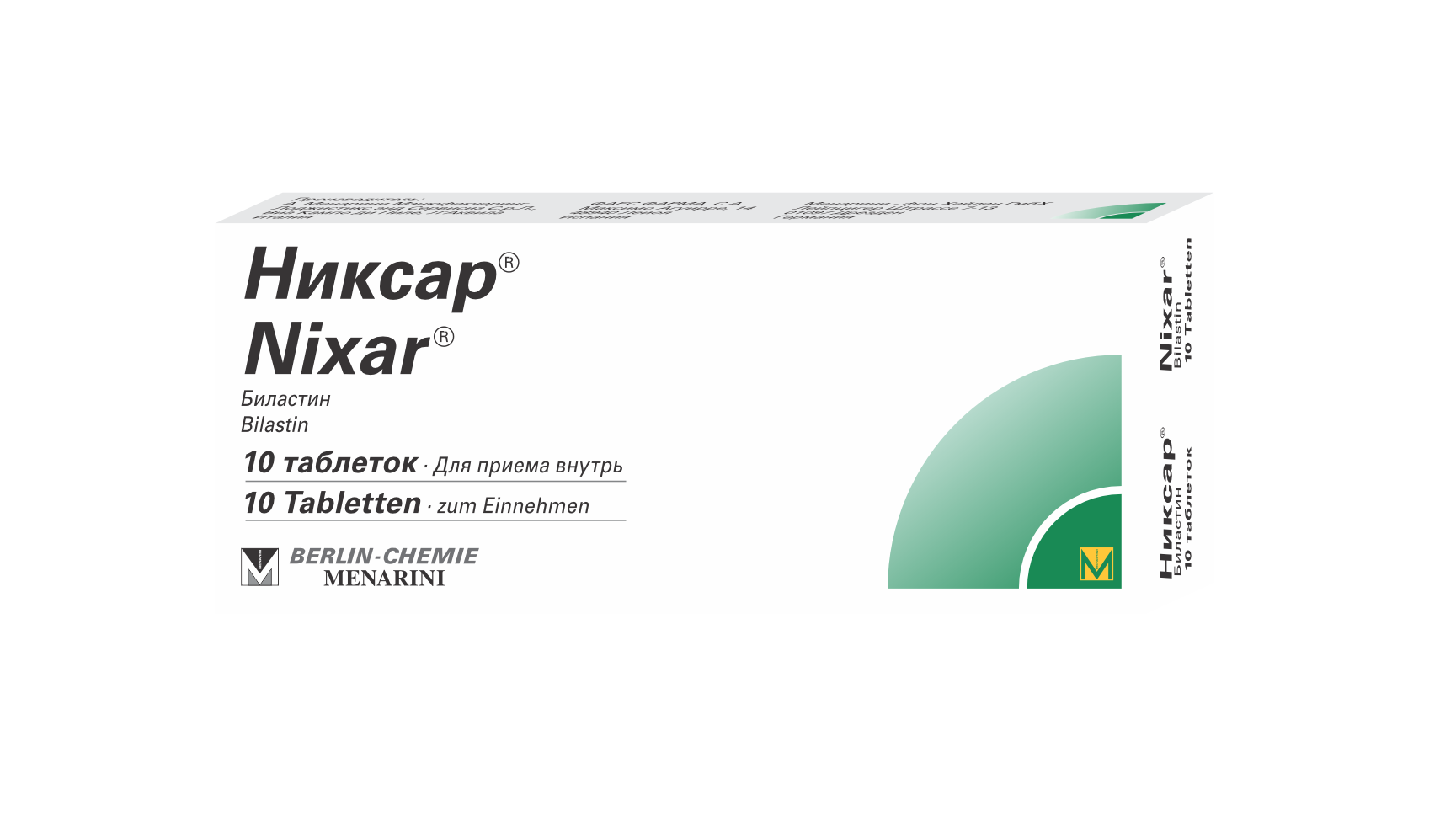



Nixar® 20 mg tablets contain the active substance bilastine which is an antihistamine.
Nixar® 20 mg tablets are used to relieve the symptoms of hayfever (sneezing, itchy, runny, blocked-up nose and red and watery eyes) and other forms of allergic rhinitis. It may also be used to treat itchy skin rashes (hives or urticaria).
The recommended dose in adults, including the elderly and adolescents aged 12 years and over, is 1 tablet (20 mg) a day.
NIXAR should not be used in the following cases:
If you are allergic to bilastine or any other component of this medicine.
If you have moderate severe renal impairment and if you are taking other medicines (see section "Other medicines and NIXAR"), consult your doctor or pharmacist for advice before starting to use NIXAR.
NİKSAR® should not be used during pregnancy and lactation.
Consult your doctor for advice before taking this medication during pregnancy or breastfeeding, as well as suspected or planned pregnancy.
This medicine should not be given to children under 12 years of age.
IMPORTANT: Nixar® 20 mg tablets should be taken 1 hour BEFORE or 2 hours AFTER intake of food or fruit juice.
